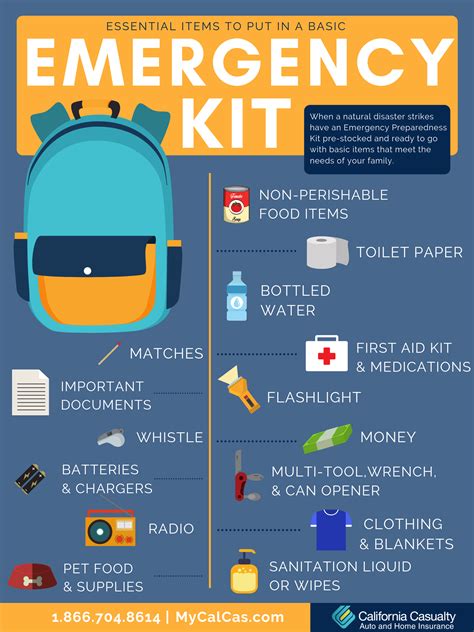VS: Hazards That Threaten Your Feline Friends
Natural disasters:

- Hurricanes
- Tornadoes
- Earthquakes
- Floods
- Wildfires
Human-caused hazards:
- Fires
- Chemical spills
- Terrorist attacks
Why Preparedness Matters
- Protect your cat’s life: Natural disasters can be life-threatening for cats.
- Minimize stress and anxiety: Being prepared can help reduce your cat’s stress levels during a disaster.
- Facilitate evacuation: A well-prepared plan will make it easier to evacuate with your cat in an emergency.
- Save money: Disaster preparedness can help prevent costly expenses for veterinary care and property damage.
How to Prepare Your Cat for a Natural Disaster
Step 1: Gather Essential Supplies
- Food and water (at least 3 days’ supply)
- Bowls for food and water
- Litter box and litter
- Medications
- First-aid kit
- Collar with ID tag
- Carrier
Step 2: Create an Emergency Plan
- Identify safe evacuation routes: Determine multiple escape routes from your home.
- Choose a meeting place: Designate a meeting place outside your neighborhood where you can reunite with your cat if you get separated.
- Make arrangements for your cat’s care: If you are unable to care for your cat during a disaster, make arrangements with a friend, family member, or pet boarding facility.
Step 3: Prepare Your Home
- Secure loose objects: Secure items that could fall and injure your cat, such as bookshelves, TVs, and lamps.
- Provide hiding places: Create secure hiding places for your cat to retreat to during a disaster, such as under beds or in closets.
- Install microchip: Microchipping your cat will help ensure its safe return if it becomes lost.
Evacuating with Your Cat
- Stay calm: Maintain a calm demeanor to reassure your cat.
- Use a carrier: Transport your cat in a secure carrier.
- Keep your cat comfortable: Provide food, water, and a litter box for your cat during the evacuation.
- Be aware of your surroundings: Pay attention to potential hazards and take precautions to keep your cat safe.
Special Considerations for Different Cat Breeds
Long-haired cats:
- Require more frequent grooming to prevent matting.
- May become more easily stressed during a disaster.
Short-haired cats:
- Are more agile and may be able to evacuate more easily.
- May require additional warmth in cold weather.
FAQs
- Q: How much food and water should I have on hand?
- A: At least 3 days’ supply for each cat.
- Q: What should I do if I have multiple cats?
- A: Create a separate emergency plan for each cat and provide multiple carriers.
- Q: How can I keep my cat calm during a disaster?
- A: Provide a safe hiding place and use calming pheromone sprays.
- Q: Can I leave my cat home alone during a disaster?
- A: Only as a last resort. It is safer to evacuate with your cat.
The Future of Cat Natural Disaster Preparedness
- Smart technology: Advancements in smart technology will allow for remote monitoring of cats and automated emergency response systems.
- Pet-friendly evacuation centers: More evacuation centers are becoming pet-friendly, making it easier to evacuate with your cat.
- Community-based initiatives: Neighborhood groups can collaborate to create pet evacuation plans and provide assistance to pet owners during disasters.
Conclusion
Preparing for a natural disaster is an essential step in protecting your cat’s life and well-being. By following these tips, you can increase your cat’s chances of surviving and recovering from a natural disaster. Remember, preparedness is key. Take the time to create an emergency plan and gather necessary supplies now to ensure your cat’s safety in the future.





















